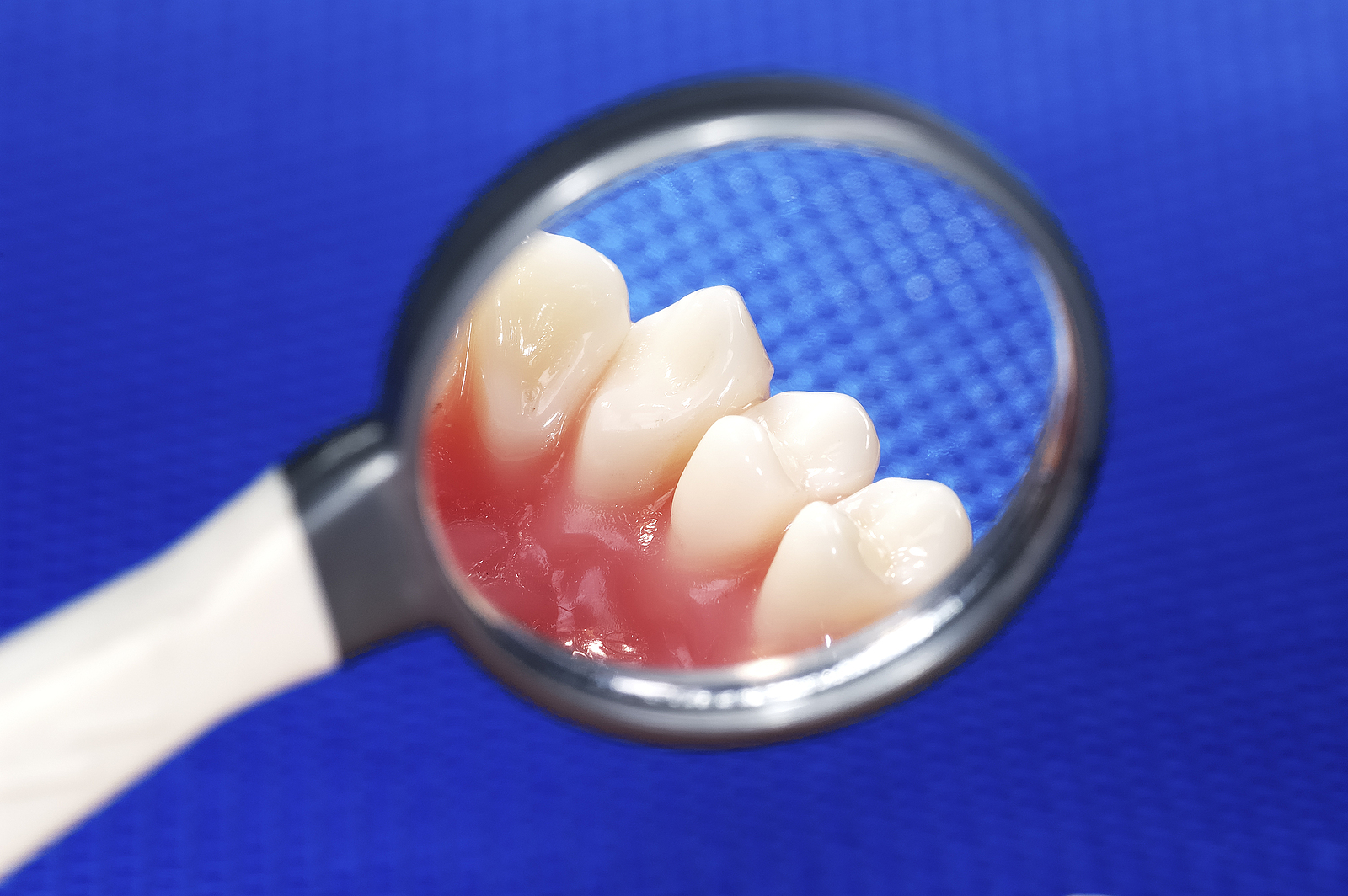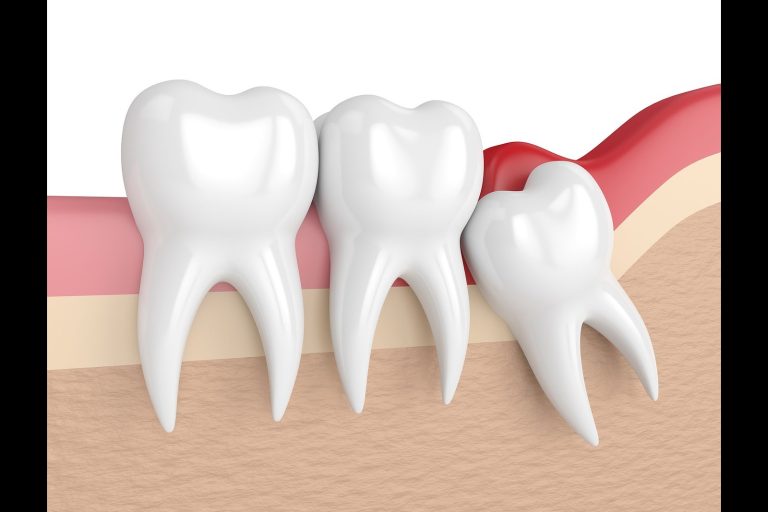Amoxicillin is a penicillin-based antibiotic that is used to treat a range of infections, not just dental. Among the other conditions it can be prescribed for are chest infections, stomach ulcers and ear infections.
But amoxicillin is also a common drug to use to help treat dental infections, particularly dental abscesses, gum infections or other tooth infections, such as those that affect the wisdom teeth. Sometimes an infection can develop after dental surgery, in which case amoxicillin antibiotics are often recommended to treat such infections.
However, while amoxicillin can help get an infection under control, often further dental work will be required to ensure that the infection doesn’t recur.
How does amoxicillin work?
Like all penicillin-based antibiotics, amoxicillin is bactericidal. This means it kills the bacteria causing the infection. For the majority of dental infections, it is taken orally either in the form of a capsule or a liquid.
Most patients start to feel better within two to three days of starting their course of antibiotics but it’s important that you continue to take the full course you are prescribed, even if the pain lessens and you feel as though you are getting better.
Amoxicillin and other treatments for dental abscesses
Dental abscesses are infections that can have a serious impact on your oral health, so they need to be treated promptly and thoroughly. Amoxicillin is often prescribed for this infection and it can be used in conjunction with other treatments.
The source of the infection (the abscess) will need to be removed by a dentist if it doesn’t clear up. There are several ways in which to do this, including a root canal treatment, tooth extraction or a procedure to drain the abscess.
A root canal treatment is typically used when the infection is the pulp inside the tooth itself. Your dentist will drill into your tooth to remove the infected material inside and then clean it out, before capping the tooth or applying a filling.
When the abscess is in the gum, your dentist might make a small cut in it to drain the pus. They will then clean out the infected tissue. This can make your gum swollen for a few days after the procedure.
If your dentist feels that your tooth is too damaged by the infection, they may recommend an extraction, which means they will remove the affected tooth completely.
In all of these situations, you will often be given amoxicillin after the procedure to help ensure that the infection properly clears up and doesn’t cause any other issues or go on to infect any of your other teeth.
Treating gum infections with amoxicillin
Gum infections – caused by periodontal disease – can go on to cause abscesses in your gum tissue if they are left untreated. Therefore, if your gums are swollen, sore or showing signs of infection, you may be prescribed a course of amoxicillin to help get the infection under control or eradicate it.
Catching this early will prevent the infection spreading to other areas of your mouth, particularly to the surrounding teeth.
As periodontal disease is caused by not removing the plaque from around your gums, it’s important that you brush and floss thoroughly and regularly as this will prevent an infection from starting and therefore make it much less likely that you’ll develop an abscess in the first place.
Wisdom tooth infections: signs and treatment
Wisdom teeth can cause all kinds of problems when they break through the gums, especially if they only partially erupt. This means that only part of the tooth comes out of the gum, providing an opening for bacteria to get into your gum tissue and cause an infection.
Because wisdom teeth sit at the back of your mouth, they can be harder to clean, which can also mean they are more susceptible to gum infections if you don’t remove the plaque from them effectively.
Signs of an infection around one of your wisdom teeth include swelling or pain around the tooth, sensitivity or even swelling in your face. Bad breath can be another sign of infection in your mouth, although not just in relation to wisdom teeth.
Often you will need to take antibiotics for a wisdom tooth infection before any further action – like removing the tooth or applying a filling – can be taken.
If I take antibiotics can I avoid other dental treatment?
Antibiotics can certainly alleviate your symptoms and reduce the swelling and pain you’re experiencing, but without seeing a dentist who can provide their expert opinion on your specific issue, it’s impossible to say if antibiotics alone are enough to solve the problem.
In many cases, as we’ve explored, an oral infection will be the result of another issue with your teeth or gums that may well need a dental procedure carried out by your dentist. Antibiotics such as amoxicillin can stop the infection from spreading to give you time to get an appointment with your dentist.
Ultimately, antibiotics for a dental abscess, or another tooth or gum infection, are not a long-term solution. They can bring the symptoms under control, but you will need to get a professional opinion on the next steps to take to prevent the infection from recurring when your course of antibiotics ends.
As we’ve outlined, this might involve a procedure like a root canal or tooth extraction, but your dentist will be able to tell you the most appropriate course of action to take based on your symptoms, the location of your dental infection and how advanced it is.
It’s also important to remember that not all pain in your tooth or gum will mean that you have an infection. There are other conditions that can cause discomfort in or around your mouth and the only way to uncover the cause of the issue is to book an appointment with your dentist.
We will undertake an online consultation before prescribing amoxicillin or any other antibiotics for a dental abscess or other oral health condition to make sure that this will provide the relief you need while you wait for a dental appointment.







